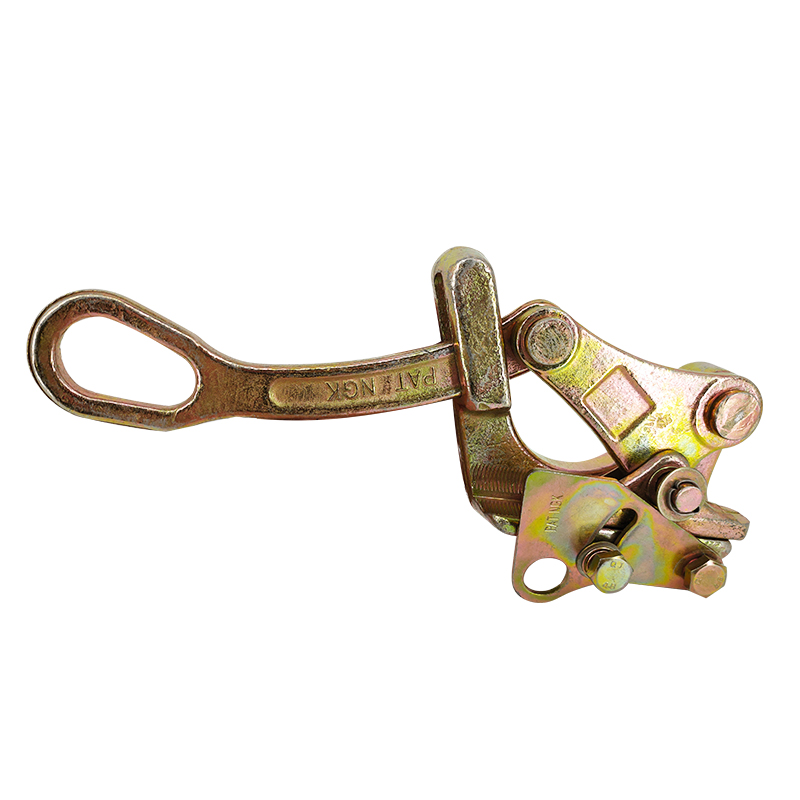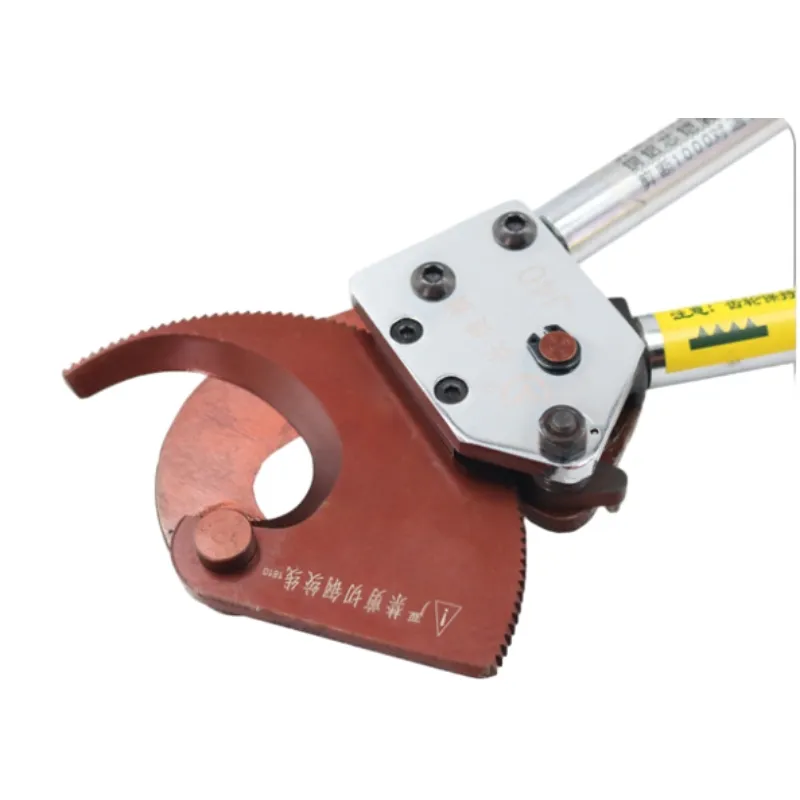
-
 Afrikaans
Afrikaans -
 Albanian
Albanian -
 Amharic
Amharic -
 Arabic
Arabic -
 Armenian
Armenian -
 Azerbaijani
Azerbaijani -
 Basque
Basque -
 Belarusian
Belarusian -
 Bengali
Bengali -
 Bosnian
Bosnian -
 Bulgarian
Bulgarian -
 Catalan
Catalan -
 Cebuano
Cebuano -
 Corsican
Corsican -
 Croatian
Croatian -
 Czech
Czech -
 Danish
Danish -
 Dutch
Dutch -
 English
English -
 Esperanto
Esperanto -
 Estonian
Estonian -
 Finnish
Finnish -
 French
French -
 Frisian
Frisian -
 Galician
Galician -
 Georgian
Georgian -
 German
German -
 Greek
Greek -
 Gujarati
Gujarati -
 Haitian Creole
Haitian Creole -
 hausa
hausa -
 hawaiian
hawaiian -
 Hebrew
Hebrew -
 Hindi
Hindi -
 Miao
Miao -
 Hungarian
Hungarian -
 Icelandic
Icelandic -
 igbo
igbo -
 Indonesian
Indonesian -
 irish
irish -
 Italian
Italian -
 Japanese
Japanese -
 Javanese
Javanese -
 Kannada
Kannada -
 kazakh
kazakh -
 Khmer
Khmer -
 Rwandese
Rwandese -
 Korean
Korean -
 Kurdish
Kurdish -
 Kyrgyz
Kyrgyz -
 Lao
Lao -
 Latin
Latin -
 Latvian
Latvian -
 Lithuanian
Lithuanian -
 Luxembourgish
Luxembourgish -
 Macedonian
Macedonian -
 Malgashi
Malgashi -
 Malay
Malay -
 Malayalam
Malayalam -
 Maltese
Maltese -
 Maori
Maori -
 Marathi
Marathi -
 Mongolian
Mongolian -
 Myanmar
Myanmar -
 Nepali
Nepali -
 Norwegian
Norwegian -
 Norwegian
Norwegian -
 Occitan
Occitan -
 Pashto
Pashto -
 Persian
Persian -
 Polish
Polish -
 Portuguese
Portuguese -
 Punjabi
Punjabi -
 Romanian
Romanian -
 Russian
Russian -
 Samoan
Samoan -
 Scottish Gaelic
Scottish Gaelic -
 Serbian
Serbian -
 Sesotho
Sesotho -
 Shona
Shona -
 Sindhi
Sindhi -
 Sinhala
Sinhala -
 Slovak
Slovak -
 Slovenian
Slovenian -
 Somali
Somali -
 Spanish
Spanish -
 Sundanese
Sundanese -
 Swahili
Swahili -
 Swedish
Swedish -
 Tagalog
Tagalog -
 Tajik
Tajik -
 Tamil
Tamil -
 Tatar
Tatar -
 Telugu
Telugu -
 Thai
Thai -
 Turkish
Turkish -
 Turkmen
Turkmen -
 Ukrainian
Ukrainian -
 Urdu
Urdu -
 Uighur
Uighur -
 Uzbek
Uzbek -
 Vietnamese
Vietnamese -
 Welsh
Welsh -
 Bantu
Bantu -
 Yiddish
Yiddish -
 Yoruba
Yoruba -
 Zulu
Zulu


jun . 09, 2025 07:00 Back to list
Cut Steel Wire Precision-Cut for Strength & Durability
Explore the critical aspects of industrial wire cutting in this comprehensive guide:
- The fundamental importance of precise wire cutting
- Technical breakthroughs in modern cutting equipment
- Performance comparison of industry-leading models
- Custom fabrication approaches for specialized needs
- Field implementation in various industrial contexts
- Safety protocols and material limitations
- Future advancements in wire cutting methodologies

(cut steel wire)
Precision Cutting Solutions for Industrial Steel Wire Applications
Industrial operations increasingly demand wire cutting solutions that combine precision with robust performance. The market for cut steel wire
tools has grown 17% annually since 2020, reflecting their critical role in construction, manufacturing, and infrastructure projects. High-grade steel wires with tensile strengths exceeding 1,570 MPa present unique cutting challenges that conventional tools cannot adequately address.
Modern cutting systems must accommodate diverse diameters ranging from 1mm micro-wires to 30mm structural cables while maintaining millimeter-precise results. This requires balanced force application reaching up to 120 kN without compromising cut quality. The latest generation of hydraulic cutters demonstrates significant advantages over mechanical alternatives, achieving consistent performance even when processing hardened steel wire ties used in seismic construction projects.
Engineering Advances in Wire Cutting Technology
Third-generation hydraulic systems now deliver 40% more cutting force with 30% less energy consumption compared to models from five years ago. This efficiency stems from patented dual-piston mechanisms that distribute pressure evenly across the cutting blades. Unlike traditional bolt cutters which cause deformation, precision-ground tungsten carbide blades maintain material integrity while creating clean, burr-free edges.
Temperature management represents another significant advancement. Continuous operation hydraulic systems incorporate fluid cooling technology that maintains optimal operating temperatures even during extended cutting sessions. This reduces maintenance requirements while extending blade life to approximately 200,000 cuts - triple the industry average from a decade ago. The latest safety interlocks prevent activation unless the cutting head is properly positioned, reducing workplace accidents.
Industry-Leading Equipment Analysis
Choosing appropriate cutting tools requires evaluating multiple performance characteristics. The following comparison examines key metrics across premium hydraulic systems capable of handling steel wire ties and structural cables:
| Manufacturer | Max Cutting Force | Wire Capacity | Blade Durability | Cycles/Day | Voltage |
|---|---|---|---|---|---|
| SteelTek ProSeries | 85 kN | 18mm | 175,000 cuts | 1,200 | 18V |
| BoltMaster HD-X | 120 kN | 28mm | 225,000 cuts | 900 | 24V |
| CableCut Industrial | 95 kN | 22mm | 190,000 cuts | 1,500 | 20V |
The BoltMaster HD-X leads in raw cutting capacity, while CableCut Industrial offers superior operational efficiency for high-volume applications. SteelTek provides excellent balance for all-around workshop use. Industry reports indicate that proper tool selection can reduce wire preparation time by 65% while decreasing material waste by up to 22%.
Custom Fabrication for Specialized Requirements
Many industrial applications require custom configurations beyond standard equipment capabilities. Offshore drilling operations, for example, necessitate cutting tools with enhanced corrosion resistance to withstand saline environments without performance degradation. Manufacturers have responded with marine-grade aluminum housings and ceramic-coated blades that extend equipment lifespan by 300% in these harsh conditions.
For assembly line operations, customized solutions include:
- Robotic integration packages with positioning sensors
- Programmable cutting sequences with precision timing controls
- Dust containment systems for clean manufacturing environments
- Automated lubrication systems that reduce maintenance downtime
Thermal monitoring systems represent another significant customization. These safeguard against equipment damage during continuous cutting operations in high-temperature manufacturing environments where steel wire temperature can exceed 120°C. Advanced models automatically regulate cutting force based on material temperature readings to prevent blade damage.
Field Implementation and Industry Applications
Modern steel wire cutting technology serves critical functions across multiple industries. Suspension bridge construction projects require precise cable wire cuts where discrepancies exceeding 0.5mm compromise structural integrity. The latest hydraulic systems achieve tolerances within 0.05mm while processing high-tensile cables exceeding 2,500 MPa strength ratings.
Automotive manufacturing facilities utilize specialized cutting systems for seat frame wiring production. These custom-configured stations perform 400+ cuts per hour with integrated quality verification that immediately flags dimensional deviations. Similarly, aerospace manufacturers employ cutting systems capable of handling titanium-reinforced steel wires that combine both hardness and thermal resistance characteristics.
Energy infrastructure projects demonstrate perhaps the most demanding applications. Subsea cable installation requires precisely cut steel wire containment systems to maintain coaxial alignment during deployment operations at depths exceeding 1,500 meters. Specialized underwater cutting tools maintain performance at these depths while resisting pressures exceeding 150 bar.
Operational Safety and Material Considerations
All cable wire cut operations require adherence to rigorous safety protocols including ANSI B11.8 standards. The minimum personal protective equipment package includes:
- ANSI Z87+ impact-rated eye protection
- Cut-resistant gloves meeting EN 388:2016 Level 4
- Hearing protection rated at 27dB NRR minimum
- Steel-toe boots compliant with ASTM F2413 standards
Material limitations require careful consideration before cutting operations begin. High-carbon steel wire with chromium content exceeding 3% can significantly accelerate blade wear - sometimes reducing blade life by 70%. Similarly, galvanized steel creates zinc oxide fumes during cutting that require industrial ventilation meeting OSHA 1910.1000 air contaminant standards. Manufacturers recommend specialized coatings for blades that regularly process stainless steel wire ties to prevent adhesion issues that compromise cutting efficiency.
Advancing Steel Wire Cutting Methodologies
The future of cut steel wire technology involves several promising innovations. Laser-assisted cutting systems show potential for processing hardened alloys where conventional methods prove inadequate. These systems locally heat wires to 350°C using focused laser arrays before applying mechanical force, reducing required cutting pressure by 60% while maintaining material properties outside the heat-affected zone.
Remote-controlled hydraulic systems for hazardous environments represent another emerging technology. These allow precision cuts in radioactive, submerged, or extreme-temperature conditions while keeping operators at safe distances. Industry forecasts predict the market for these solutions will expand by 31% annually through 2030. Portable units currently under development weigh under 15kg yet deliver cutting forces exceeding 100 kN - performance that traditionally required stationary equipment weighing over 1,000kg.

(cut steel wire)
FAQS on cut steel wire
Q: How to safely cut steel wire ropes?
A: Always wear protective gloves and goggles. Use bolt cutters or specialized cable cutters for clean cuts. Secure the wire before cutting to prevent sudden release.
Q: What tools work best for cable wire cutting?
A: Hydraulic cable cutters ensure precise cuts on thick wires. For smaller cables, ratcheting cutters provide extra leverage. Avoid regular scissors which may damage tools.
Q: Can steel wire ties be reused after cutting?
A: Generally no – cutting permanently alters the tie's integrity. Reuse compromises tension strength. Always use new ties for critical securing applications.
Q: What safety hazards exist when cutting steel wire?
A: Flying wire strands pose eye injury risks. Sharp ends can cause lacerations – cap cut ends immediately. Ensure no electrical current runs through cables before cutting.
Q: How thick of steel wire can standard cutters handle?
A: Most handheld tools cut wires up to 6mm diameter effectively. For thicker steel cables (>10mm), industrial-grade electric cutters are recommended. Always check tool specifications first.
Latest news
What Are Construction Tools and How Are They Used?
NewsJul.11,2025
Professional-Grade Duct Rodding Tools for Superior Cable Installation
NewsJul.11,2025
Enhancing Safety and Efficiency with Modern Hot Stick Solutions
NewsJul.11,2025
Empowering Cable Installation with Advanced Rodder Solutions
NewsJul.11,2025
Elevate Your Cable Installation Projects with Cable Pulling Tools
NewsJul.11,2025
Efficient Cable Handling Solutions: Cable Rollers for Sale
NewsJul.11,2025











